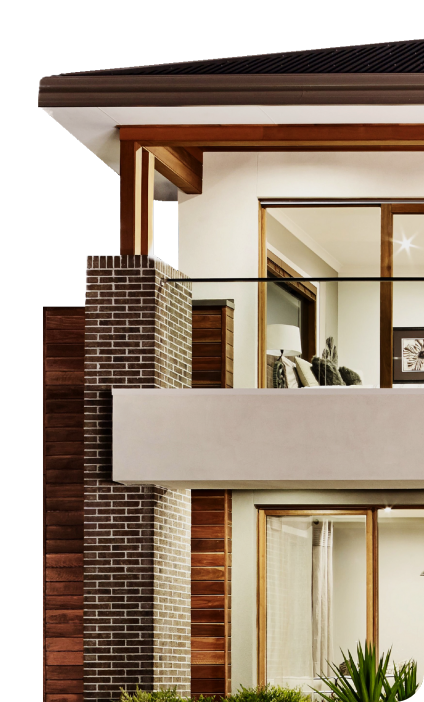When you want an interest rate that you know won’t increase with the market, refinancing to a fixed-rate mortgage is the way to go because the mortgage rate on fixed loans won’t change over the life of the loan. Fixed-rate refinances allow borrowers to refinance to several loan options including, conventional, FHA, VA and USDA mortgages.
Why refinance to a fixed-rate mortgage?
Market interest rates change frequently , which is why many homeowners choose to refinance to a fixed-rate mortgage which locks in their rate and keeps it from increasing with the market. A fixed-rate refinance also keeps monthly interest payments the same for the life of the loan.
Borrowers can also utilize a fixed-rate mortgage refinance to lower their monthly mortgage payments or shorten their loan term to pay less in the long run. As with a fixed-rate purchase loan, you can select from long-and short-term loan options.
How 30-year and 15-year fixed-rate mortgages work
Two of the most common terms for fixed-rate mortgages are 30- and 15-year terms. Monthly fixed-rate mortgage payments are made up of principal balance and interest payment amounts. Principal goes directly to pay off the loan, increasing the equity you have in your home. Interest is the cost of borrowing the money. At the beginning of a fixed-rate loan, a higher percentage of each monthly payment is applied toward interest and, over the course of the term, this will even out and reverse with a larger percentage of each payment going toward the principal.
Why is a 30 year mortgage good?
Some borrowers opt to refinance to a 30-year mortgage because it offers some of the lowest monthly payments available since they’re spread out over a longer period of time. You could also free-up money for savings, retirement or other expenses. However, because you make more payments, you pay more interest over time. This is a common choice for borrowers who plan on staying in the home for a long period of time – at least seven to ten years. But even if that’s not your plan, the low monthly payments can still make this a smart choice. You just won’t build equity as fast.
What are the advantages and disadvantages of a 15-year mortgage?
A 15-year fixed-rate mortgage is considered a short-term mortgage and, like any loan, can have pros and cons. A con to 15-year mortgages is that you can expect the monthly payments to be somewhat higher because they’re not spread out as long. The pros of a 15-year mortgage include a shorter term which means you pay a lot less toward interest and can save thousands over the life of the loan. Plus, more of your monthly payments will go toward principal sooner, and your home’s equity will increase at a much faster rate. In essence, it costs less to borrow the money.
Are fixed-rate mortgages worth it?
Fixed-rate mortgages are one of the more common refinance options out there and are worth looking into if you want to lock in a new interest rate. Often, choosing a fixed-rate loan for your refinance offers predictability that can make it easier to budget for the long term and stay on top of your monthly payments.
